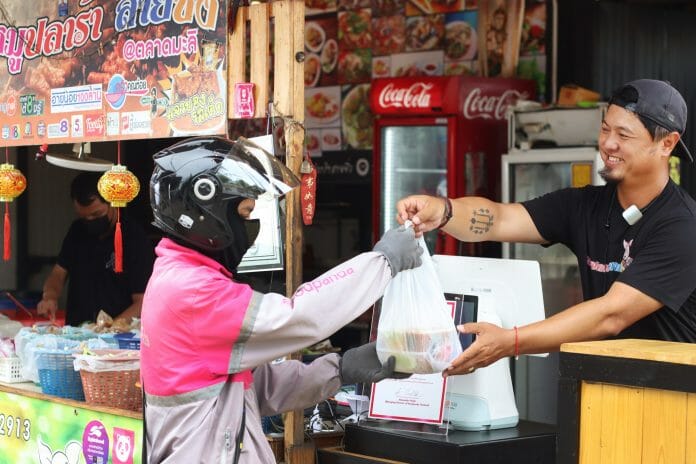As businesses prepare for a rebound in the post-pandemic world, Asia’s quick-commerce (q-commerce) pioneer, foodpanda, has remained committed to supporting SMEs across the region to embrace digitalisation. Almost 30,000 retail shops were onboarded on foodpanda shops in the past year, with SMEs making up almost half of the shops that had gone digital. This marks the first step in helping SME businesses build a strong digital core, to become more risk-resilient and cater to their customers’ new purchase habits.
Online and on-demand delivery platforms have helped retail stores and SMEs stay afloat during the pandemic, during a time where organic in-store traffic was affected due to lockdowns, foodpanda has provided shops a new channel to reach new, digital customers and still generate new revenues.
Unlike traditional e-commerce, q-commerce allows SMEs to have their goods delivered to customers on-demand in 15 to 30 minutes. With a digital platform to grow their business, SMEs can also tap into services like ads, listing boosting and run promotions to increase revenues. In the past year alone, the number of new SMEs embracing q-commerce increased by more than 430 per cent. This spike in SME growth contributed to an overall growth of more than 330 per cent for the overall foodpanda shops business vertical, which includes other retail and supermarket chains such as Tesco, 7-Eleven, Family Mart, Watsons and Guardian.
Globally, Delivery Hero, of which foodpanda is a subsidiary, reported on August 12, 2021 in its 1Q Trading Update a 249% growth in orders for its Integrated Verticals comprising the q-commerce business, illustrating an increase in demand for grocery deliveries across the globe. GMV for the segment also more than tripled from just the year before.
Commerce 3.0
Ushering in a new decade of digital innovation, speed and convenience will continue to transform to meet customer needs, giving rise to Commerce 3.0 — where tech meets commerce. A global trend driven by developers who create APIs and plug-ins to integrate online activity directly with merchants, Commerce 3.0 is a powerful strategy for SMEs to level the digital playing field and fend off larger competitors that may have an advantage in a traditional physical retail environment.
As the gap between physical stores and online environments shrink, foodpanda is playing a key role in enabling SME brands to create a frictionless, technology-enabled, and interconnected customer experience, by connecting shops with customers’ demands, without the hassle and heavy costs of building and running their delivery platform.
Abhishek Sahay, Senior Director of New Verticals at foodpanda shares: “Digitalisation is more than just going online. foodpanda shops help SMEs take charge of their growth with digital solutions, so they can fully adopt Commerce 3.0 to increase sales, especially when traditional retail models have been disrupted in the pandemic. In this unprecedented time, it’s especially critical to empower SMEs to adopt a new hybrid online-offline business model with quick- commerce, to scale their business urgently.”
Next Generation
Beyond the traditional e-commerce that revolutionized the delivery landscape through online ordering, q-commerce will be the next inflexion point where delivery time shortens from three days to just 30 minutes. Being the pioneer in q-commerce built on years of logistics and technology expertise spanning 12 markets, foodpanda is driving the growth of the q-commerce category in Asia.









